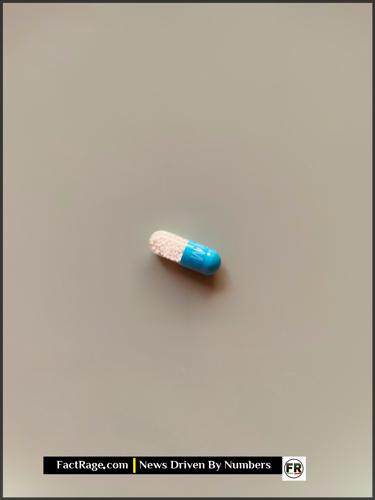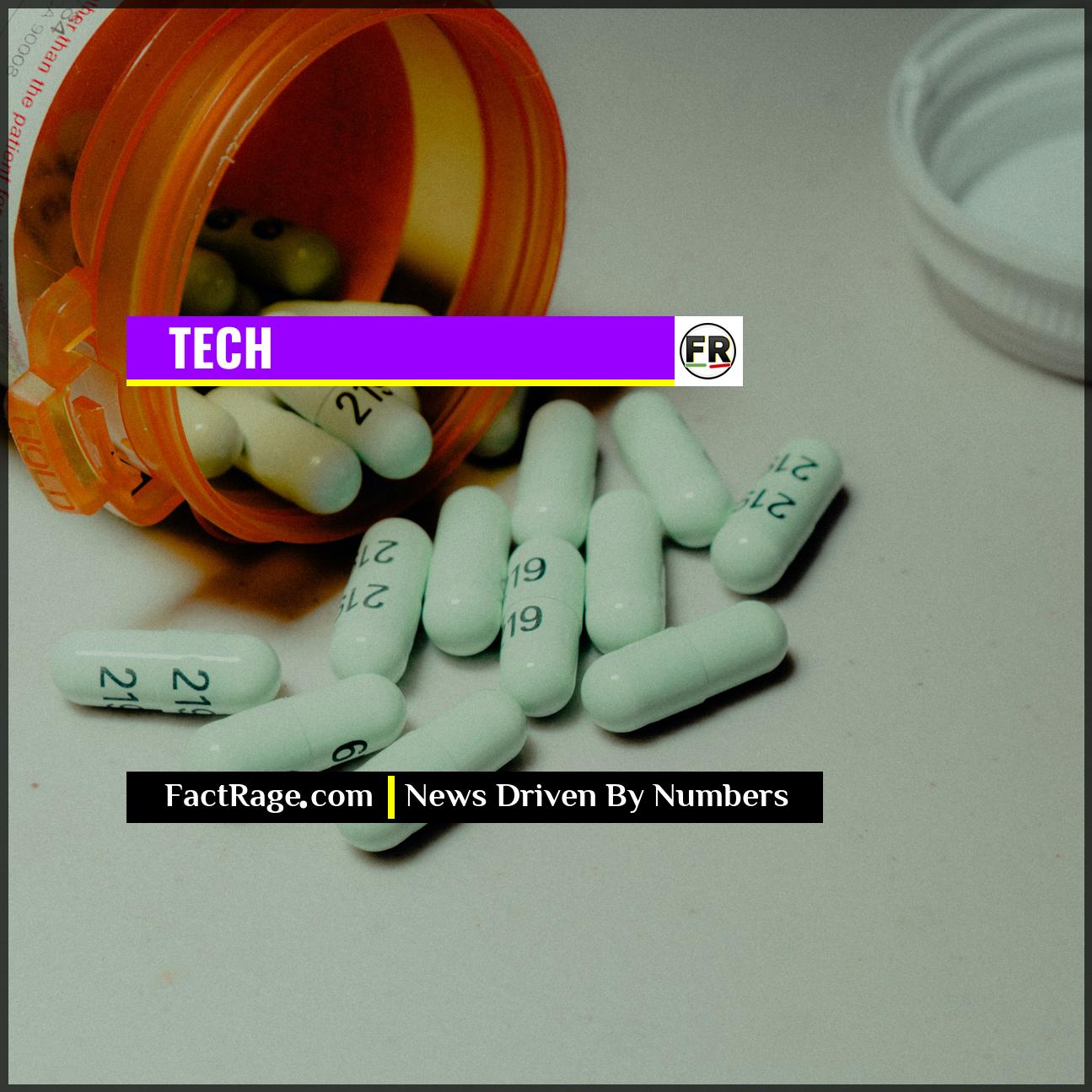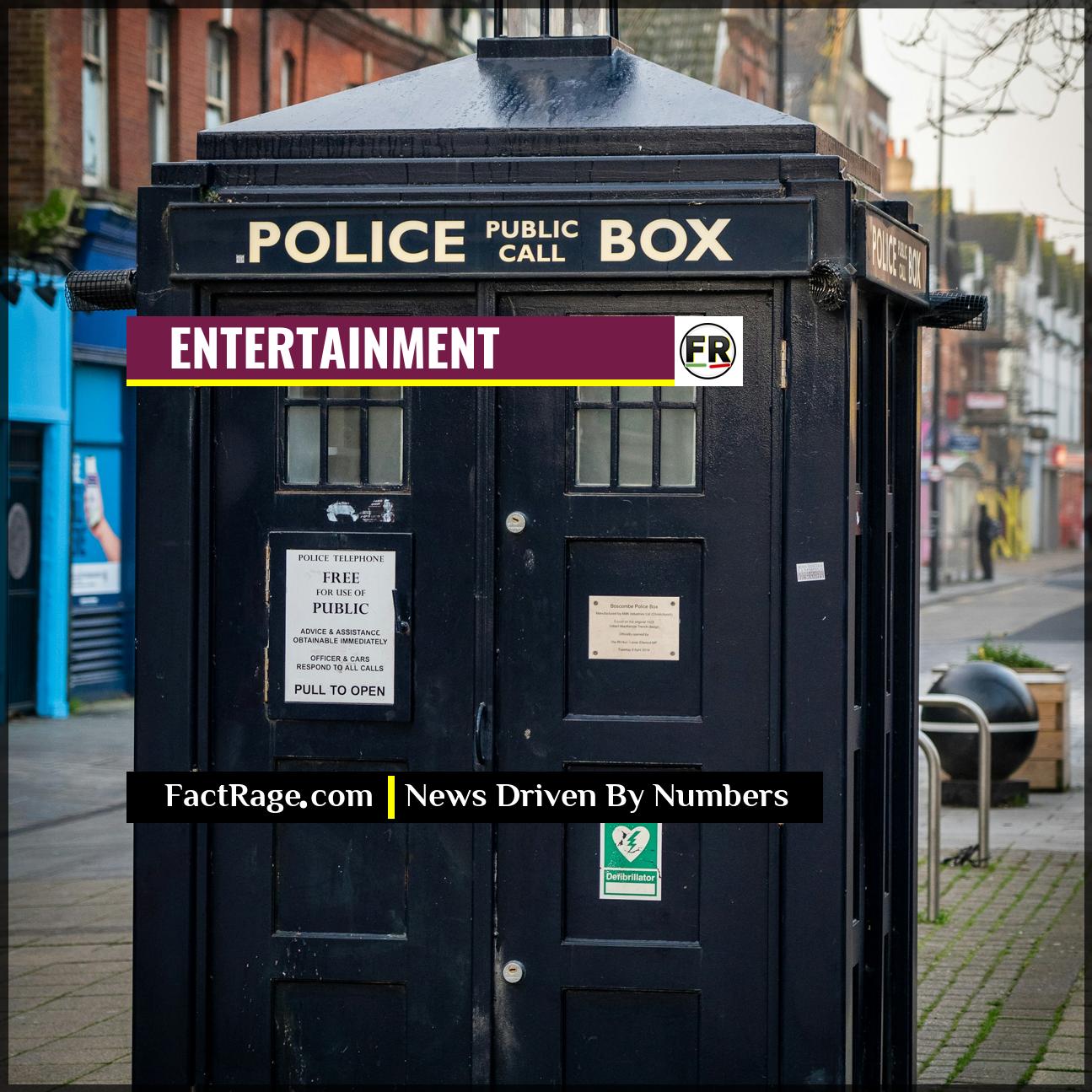WASHINGTON, DC – The U.S. Food and Drug Administration (FDA) is expected to announce its decision on the approval of a new Alzheimer’s drug, known as NeuroClear, by July 18, a verdict that could mark a significant, albeit complex, moment in the fight against the neurodegenerative disease.
- The Pending Decision – The FDA has a target action date of July 18, 2025, to approve or reject NeuroClear, an antibody therapy developed by NeuroGen Innovations for early-stage Alzheimer’s disease.
- The Scientific Mechanism – NeuroClear is an anti-amyloid antibody designed to target and clear amyloid-beta plaques from the brain, a protein buildup widely believed to be a primary contributor to Alzheimer’s pathology.
- The Efficacy and Risk – In its pivotal clinical trial, the drug slowed cognitive decline by 29% compared to a placebo. However, it was also associated with a significant side effect: brain swelling or microbleeds in 12.5% of participants.
The upcoming decision places regulators in a challenging position: weighing a statistically significant therapeutic benefit against tangible safety risks. For millions of patients and their families, the outcome carries immense weight, prompting a closer look at the science behind the drug and the data that will inform the FDA’s choice.
The Calculus of a Breakthrough
![]() This isn’t just another drug approval; it’s a test case for the future of medicine. We have reached a frontier where our ability to incrementally slow a devastating disease is measured directly against the tangible risks our new tools create. The pending verdict on NeuroClear forces a difficult question with no easy answer: how do we weigh statistical hope against physiological harm? This is the complex calculus at the heart of 21st-century innovation.
This isn’t just another drug approval; it’s a test case for the future of medicine. We have reached a frontier where our ability to incrementally slow a devastating disease is measured directly against the tangible risks our new tools create. The pending verdict on NeuroClear forces a difficult question with no easy answer: how do we weigh statistical hope against physiological harm? This is the complex calculus at the heart of 21st-century innovation.
Read On…
Below, we break down the clinical trial data, explain the science behind anti-amyloid therapies, and explore what’s truly at stake for millions of families.
How NeuroClear Aims to Alter Alzheimer’s Course

NeuroClear, developed by biotech firm NeuroGen Innovations, belongs to a class of medications known as monoclonal antibodies. Its specific target is amyloid-beta, a protein that clumps together in the brains of Alzheimer’s patients, forming plaques. These plaques are thought to disrupt cell function and trigger a cascade of neuroinflammation, ultimately leading to the progressive cognitive and functional decline characteristic of the disease.
The therapy is administered via intravenous infusion. Once in the bloodstream, the antibody is designed to cross the blood-brain barrier, identify amyloid plaques, and tag them for removal by the brain’s immune cells. The central scientific question has always been: does removing the plaque actually slow the disease’s progression? For years, the answer from clinical trials of similar drugs was ambiguous. NeuroClear’s trial, however, provided a clearer, though not entirely straightforward, answer.
What the CLARITY-AD Trial Revealed
The data under FDA review comes from the Phase 3 CLARITY-AD trial, which enrolled nearly 1,800 participants with early-stage Alzheimer’s disease or its precursor, mild cognitive impairment. The primary finding, published in a leading medical journal, was a 29% slowing in the rate of decline on a composite scale of cognition and function over 18 months, compared to those who received a placebo. This effect is considered statistically significant and clinically meaningful by many in the field.
However, the trial results also highlighted a critical safety concern. This class of drugs is known to cause Amyloid-Related Imaging Abnormalities, or ARIA, which appear on MRIs as either brain swelling (ARIA-E) or microhemorrhages (ARIA-H). In the CLARITY-AD study, 12.5% of participants receiving NeuroClear experienced some form of ARIA. While most cases were asymptomatic and resolved on their own, a small number were serious, leading to hospitalizations. This risk profile forces a difficult calculation for both doctors and regulators. Is a 29% slowing of decline worth a 1-in-8 chance of developing brain swelling or bleeding?
The High Stakes of the FDA’s Decision
An approval for NeuroClear would offer a new, vital tool for patients in the early stages of Alzheimer’s, a disease that affects over 6 million Americans. It would build on the precedent set by similar previously approved drugs, further cementing the anti-amyloid approach as a primary strategy in Alzheimer’s treatment. For patients and their families, it would represent another source of hope for extending time with preserved cognitive function.
Conversely, a rejection or a request for more data would be a major setback for NeuroGen Innovations and could cast doubt on the risk-benefit profile of the entire drug class. Beyond the scientific implications, an approval would raise immediate questions about cost and accessibility. These antibody therapies are expensive, often costing tens of thousands of dollars per year, and require regular infusions and MRI monitoring, placing a heavy burden on both the healthcare system and individual patients. The FDA’s decision on July 18 will not only determine the fate of NeuroClear but will also shape the landscape of Alzheimer’s treatment for years to come.
The Calculus of Hope and Risk
![]() The pending verdict on NeuroClear is more than a regulatory decision; it is a profound reflection on the nature of scientific progress in the 21st century. It crystallizes the difficult ethical calculus we now face: how much risk is acceptable in exchange for a tangible, yet partial, victory against a devastating disease? The CLARITY-AD trial provides no easy answers, only a complex data set that forces a conversation about what it means to truly innovate in the face of immense human need. Regardless of the outcome on July 18, this moment will shape the landscape of neurological research, setting a crucial precedent for the next generation of therapies that exist on the sharp edge between breakthrough and burden.
The pending verdict on NeuroClear is more than a regulatory decision; it is a profound reflection on the nature of scientific progress in the 21st century. It crystallizes the difficult ethical calculus we now face: how much risk is acceptable in exchange for a tangible, yet partial, victory against a devastating disease? The CLARITY-AD trial provides no easy answers, only a complex data set that forces a conversation about what it means to truly innovate in the face of immense human need. Regardless of the outcome on July 18, this moment will shape the landscape of neurological research, setting a crucial precedent for the next generation of therapies that exist on the sharp edge between breakthrough and burden.












